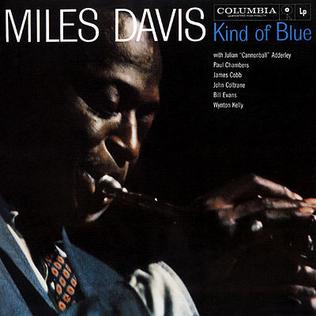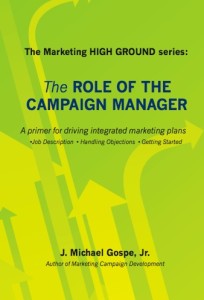I’m listening to Miles Davis’ Kind of Blue and pondering one of life’s deep questions: what defines great jazz? We all know great jazz when we hear it. But trying to duplicate it is no easy task. If you are a musician, you know what I mean. So, why exactly is his music so good while jazz performed by so many other groups just doesn’t quite measure up? The simple answer for me is this: it’s the musician’s ability to listen to each other and the spaces between the notes.
Great jazz groups are great not only because each musician is an expert with their own instrument, but also because they know how to play as a group. They know how to listen. They know never play over each other. Music is not a competition. They take turns highlighting the uniqueness of each individual instrument — for example, to create space so the bass, when the time is right, can rise above the rest and impart its own solo magic in the mix. Listening and adjusting for the greater good of the tune is what it’s all about. The star may be Miles, but do you think he discounts the value Bill Evans brings on piano? No way.
The magic of truly integrated marketing
Great jazz and truly effective integrated marketing campaigns have a lot in common.
Consider an integrated marketing campaign centering on the launch of a new product. In this example, the campaign’s objective is the identify and win net new customers — prospects who have never engaged with the company before. During the course of this campaign, a variety of marketing tactics, activities, and offers are required (for example: press releases, “thought leadership” webinars and executive presentations, Google adwords, syndicated content, and more). But how should these play together? In what order? Which pieces should set the rhythmic cadence, and which should be highlighted soloists? The traditional marketing organization is structured to support specific functions, not integrated campaigns. This encourages isolation, and when marketers execute their function in isolation, the resulting marketing “music” sounds more like the first day of junior high school jazz band practice. It’s grating to the ears.
The sheet music for marketing
Instead, imagine a truly integrated campaign that unfolds in orchestration:
- The CEO authors a “thought leadership” article on the industry and the evolution of customer needs and expectations. This is the first step to building credibility because it tells the market that the CEO’s company is paying attention.
- Technology leaders within the company author a 3-part blog series that address the top 3 technical challenges associated with solving a key customer problem (unbeknownst to the prospects, these 3 problems relate to the new product about to be launched). Like a trailer for an upcoming summer blockbuster movie, each blog post provides hints at a new product launch coming soon.
- Press & analysts pre-announcement echo the same stories offered buy the CEO and technology leaders. This provides a foundation of credibility with editors and analysts that the new product is relevant, meaningful, and timely for the market.
- Print and web advertising, Google adwords, website refresh, and content syndication all drop on the day of the public launch to echo the new product launch announcement. The campaign leader introduces three supporting themes in support of the launch strategy (e.g. “innovation”, “long-term playability”, and “control your own destiny”.)
- The themes introduced above trigger 3 new supporting demand generation programs. Marketers then share proof points and evidence throughout the year in an ongoing series of new blog posts, customer case studies, and testimonials. This continues the cadence of the company’s commitment to customer success within each theme.
- Sales enablement tools including presentations, demos, checklists, “account health-check” tools are offered with training to allow each and every sales rep to behave as an integrated part of this single, central campaign.
- 9 months later, the company revisits with press and analysts to share the market achievements. This crescendo completes the circle of credibility building.
Musicians know how to listen
Marketers must document the melody of the campaign. This ensures everyone plays off the same piece of sheet music. The marketing music unfolds which each marketing vehicle being highlighted at the right time, all with a single purpose of supporting the campaign. The sheet music for integrated is what I call “marketing blueprints”. Here are a few links to related articles:
Marketing blueprints in action
Example of a tactical marketing blueprint
Does Integrated Marketing Campaigns = heartburn?
But expertise in each marketing function is only the first step to achieving integrated marketing success. Marketers must also know how to listen to each other. Like great jazz musicians, it is not a competition to see who can play the loudest. It is not about which marketing function gets the most budget. Success is about honoring each marketing instrument and knowing where, when, and how loud to play.
For me, this lesson hit home when I joined a jazz combo group. (I play piano, but I’m not quitting my day job.) It’s easy to play with a group and sound crappy. Playing like Miles takes dedication to check your ego at the door, listening to each other, and holding the greater good of the tune above any individual instrument. That is the secret.
Your assignment: take time out of your busy week to listen to Kind of Blue or your favorite jazz tune. Listen for the spaces between the notes. And enjoy!

Mike Gospe is a marketing strategist & professional facilitator with more than 30 years of B2B tech leadership experience.
Interested in marketing campaign coaching or mentorship? Contact Mike Gospe.
Also check out:


